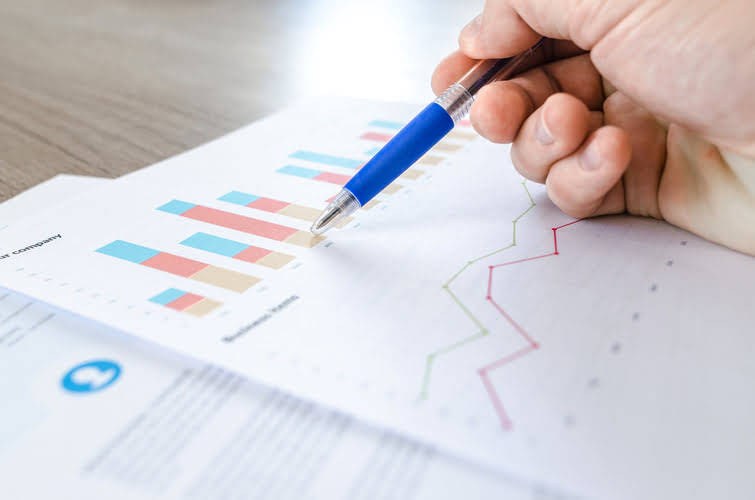
This implies that you receive a 90% return on every product sold, with the remaining 10% covering variable expenditures. You have an average variable cost Accounting for Technology Companies of $42 per unit, or ($600 + $450) x 25. So, the average fixed cost of operating your restaurant is $6 per meal. In this case, your online retail store’s fixed costs amount to $10,500 per month.
- Variable costs are directly related to the cost of production of goods or services, while fixed costs do not vary with the level of production.
- One is negotiating better prices with suppliers for the raw materials needed to produce the product or service.
- Among these costs, you’ll find things such as property taxes that the government might be charging on your manufacturing facility.
- For instance, businesses with significant fixed costs might focus on achieving economies of scale to reduce per-unit costs and enhance competitiveness.
- In the realm of business, costs are not just numbers on a balance sheet; they represent the resources consumed in the production and delivery of goods and services.
- Let’s take the example of a fixed cost such as a company’s lease on a building.
- These costs are incurred despite fluctuations in the production of goods.
How To Calculate Fixed Cost (With Examples)
Businesses need to monitor and control fixed costs to ensure they do not exceed sustainable levels. This happens when employee compensation includes bonuses based on production or sales levels, profit-sharing, or commissions, which depend on sales or production. That’s why the production quantity is essential for calculating this type of fixed cost. Your first step in calculating the total fixed cost is listing all of your fixed expenses. Once you decide on the period you want to calculate your costs for, you can calculate the total fixed cost for that period by following these steps. Regardless of how much product you sell or produce, the rent you’re contractually required to pay remains unchanged while you stay within the same office or production space.
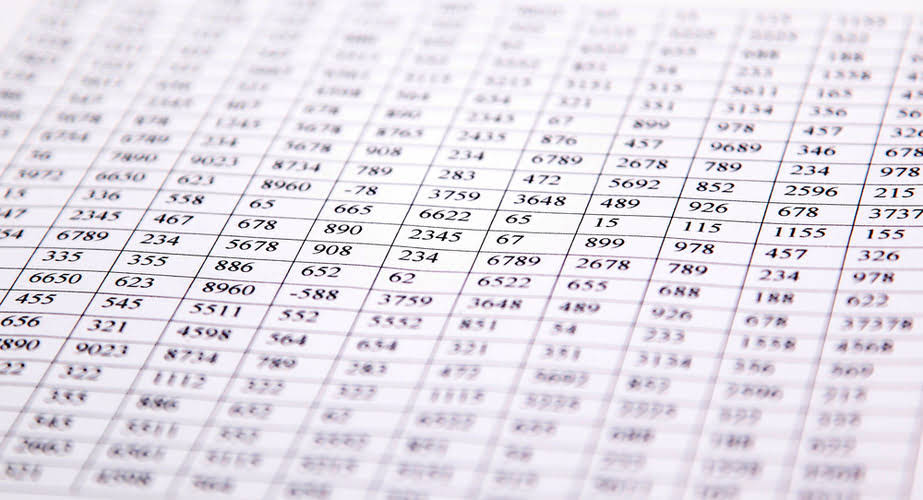
High-Low Method
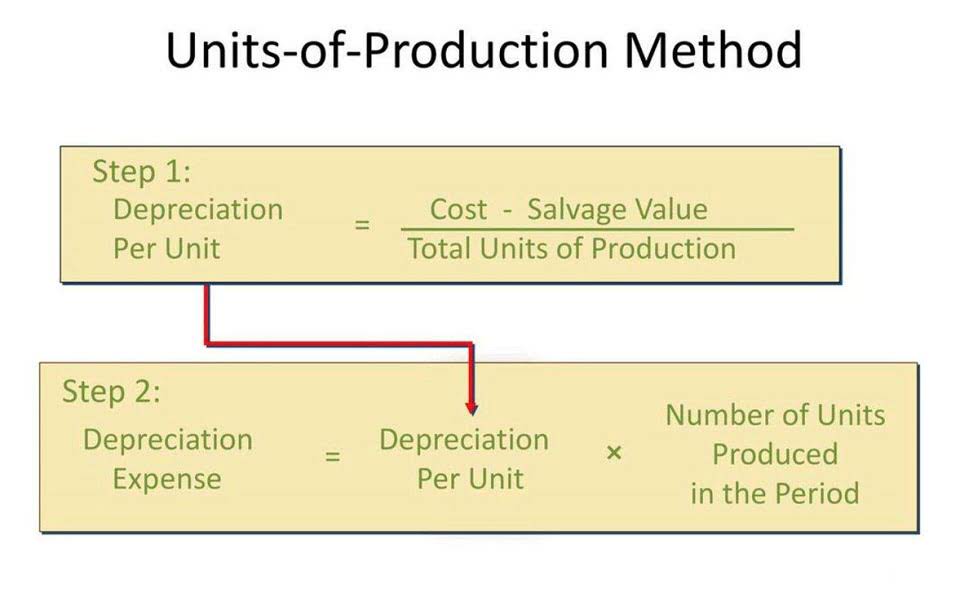
These costs remain constant throughout time and can usually only be changed when renegotiated. Your business’ total fixed monthly costs (rent, utilities, bills, salaries, taxes) total $30,000. You sell soft drink products to your region, and the costs of materials and distribution (your variable costs) are $0.60 and you sell your products for $2.50. It can be seen from the above explanations that «fixed cost» is very stable and does not change over some time. However, higher production or sales volume can result in better absorption of fixed costs, resulting in improved profitability.
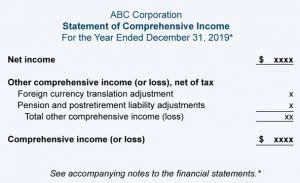
Market Momentum Tracker Analysis – 28-05-24
- These are costs that the business takes on for employees not directly involved in the production of the product.
- Outdated or inaccurate data can lead to incorrect calculations and flawed decision-making.
- It is the cost that is paid in total to cover all cost objectives in different business units, locations,s and so on.
- When you do this calculation and find that the manufacturing overhead rate is low, that means you’re running your business efficiently.
- Therefore, given the fixed costs, variable costs, and selling price of the water bottles, Company A would need to sell 10,000 units of water bottles to break even.
The straight-line depreciation method distributes the carrying amount of a fixed asset evenly across its useful life. The latter is used when there is no pattern to the asset’s loss of value. When you do this calculation and find that the manufacturing overhead rate is Online Accounting low, that means you’re running your business efficiently.

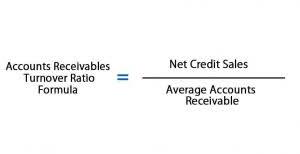
This will allow you to better understand the concept and apply it confidently in your projects or analyses. As you can see, the average fixed cost per unit has dropped to $6 with increased production, highlighting the importance of economies of scale when maximizing profitability. The salaries and wages paid to full-time and part-time employees who perform essential roles regardless of the level of production are typically fixed costs.
- One of the most significant characteristics of fixed costs is the stability of the cost over time.
- Fixed costs are business expenses that remain the same regardless of the sales or production levels.
- Management uses this metric to understand what price they are able to charge for a product without losing money as production increases and scale continues.
- Conversely, when production volume decreases, fixed costs stay constant, while variable costs decrease.
- This enables the business to recognize asset depreciation and spread out the cost.
- When setting prices, if any enterprises do not include the fixed costs, then there are bound to be some low prices which will translate to losses for the enterprise.
- Understanding your fixed costs is one of the most important steps in managing your business.
Real-World Examples of Fixed Cost Calculation
One cost can become a traceable fixed cost for one segment and fixed expense formula a common cost for another. Moreover, it helps us to prepare an income statement for each product, segment, region, and so on. It will help the management to access each category’s performance across the whole company.